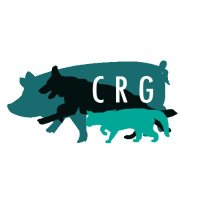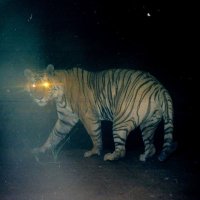
Connor T. Lambert
@connortlambert
Postdoctoral Researcher studying dog olfaction @TexasTech. Interests in Animal Cognition, Behavior & Conservation. Here for the science.
ID: 1422952615566999553
https://ctlambert.weebly.com/ 04-08-2021 16:08:58
216 Tweet
175 Followers
220 Following

I have now been a Postdoc with the Canine Olfaction Research and Education lab Texas Tech University for ~two months now and it has been a blast. Great lab, great research, and a privilege to work with dogs daily.






Domestication of dogs changed not only their facial muscle morphology but also how these muscles function. Dogs have ~100% fast-twitch muscle fibers, enabling quick facial expression movements while wolves have less than 50%. By Anne Burrows et al.: doi.org/10.1002/ar.255…





Tuna (or any seafood for that matter) is an odd favorite for cats—an animal that evolved in the desert. Explore the research that may give a biological explanation for this curious craving: bit.ly/4f39YuQ News from Science

Ethiopian wolves have been seen feeding on nectar! 🐺 They are the first large carnivore documented doing this - and may be acting as pollinators too. New from Sandra Lai @sandralai.bsky.social Claudio Sillero WildCRU, Oxford University of Oxford 👇 bit.ly/3AQPsyJ 📷 Danielle Rubens




